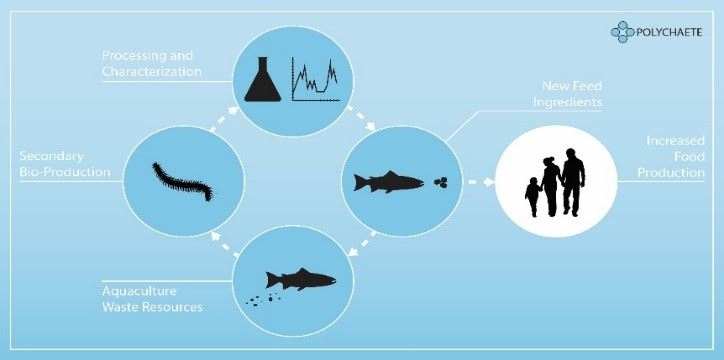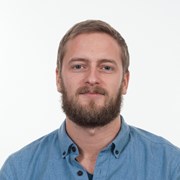Salmon aquaculture is based on the use of high-quality fish feed, and although being an efficient food production method, it is estimated that 50 - 75% of the feed nutrients are lost to the environment. In order to increase the resource-efficiency it is important to capture and reuse these nutrients and organic materials such as proteins and lipids that are in high demand. Secondary bio-production of low-trophic species such as micro- and macroalgae, bristle worms and sea cucumber on the waste streams from land-based and sea based closed containment aquaculture systems to produce raw material for feed can as such contribute to improved sustainability in salmon farming. SINTEF aims to develop cultivation protocols and systems needed to realize industrial cost-effective production lines of low-trophic species with high waste handling capacity.
We assess the biological recycling potential of biosludge for several low-trophic species to establish a knowledge base for the evaluation of new biomarine production strategies.
We work on biosecurity issues related to pre-treatment of biosludge and processing of bioproducts.
We provide information to national food authorities which are necessary to revisit current legislations permitting the use of organisms reared on biosludge to be used in human food systems and feeds.
We support circular economy and recirculation of matter by using nutrient rich waste water from fish farms, biogas production and other green industries for intensive macroalgae production

Projects:
